The idea/source of this project came from volunteering with a non-for-profit environmental group near me. Assessment of local watershed quality has always been a big part of their work, but it is very laborious and costly to get some of the information. Much of the information collected requires testing by qualified labs, time to test, and expensive equipment conduct the tests (i.e. metals, nitrogen, phosphorus, etc.). Some of the information can be collected instantaneously, if you have the right equipment (some of which can be quite costly as well).
The initial goals of this project will look at low cost sensors and data recording, including location (GPS). Temperature, conductivity, and pH are the "easy" three to add initially with hopefully more coming as I find potential sensors and hardware sources. This "device" would be used in tandem with water samples and lab testing to provide immediate information with location tracking that would later be combined with the detailed test data. In the end all of this information is required to make a good evaluation of water quality
Some of the potentially challenges include ensuring the sensor is easy and quick to sample with as little "add-ons" as possibly, cost creep, calibration of senors, precision of sensors, accuracy of sensors, etc. This is as much a learning experience for myself as it is an interesting project. I've been out of loop from building potential hardware and software for a while now, so the learning curve will be steep. Despite this, having a goal to reach while you learn is always a good thing. I look forward to see any comments with criticism/advice as the project rolls along.
Sorry for the potato quality picture, I just didn't like leaving it empty.
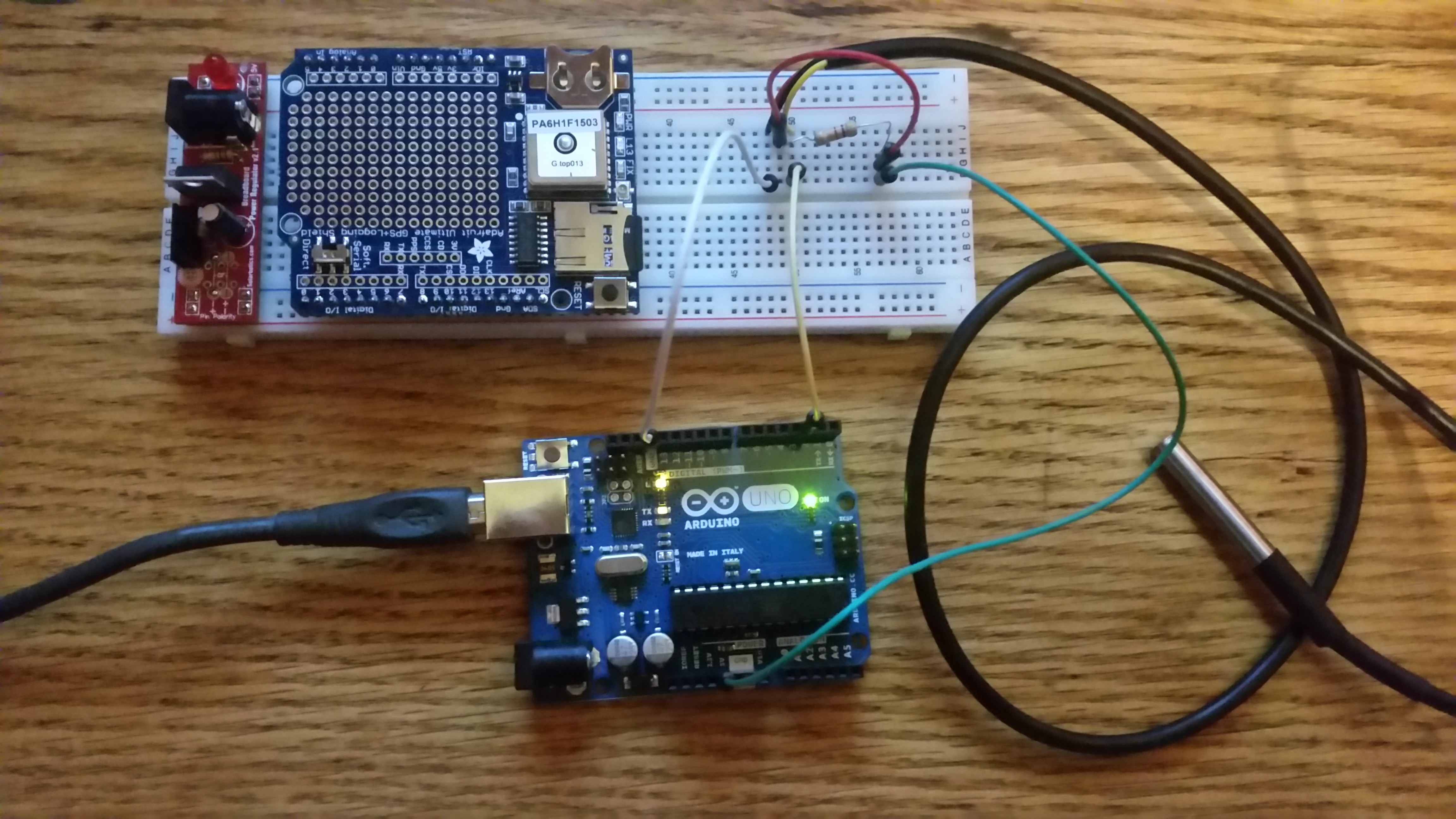
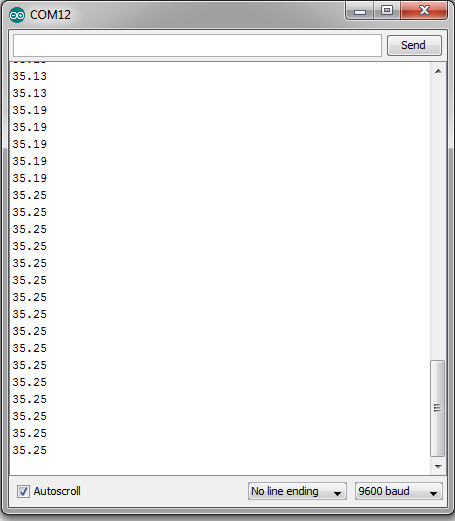

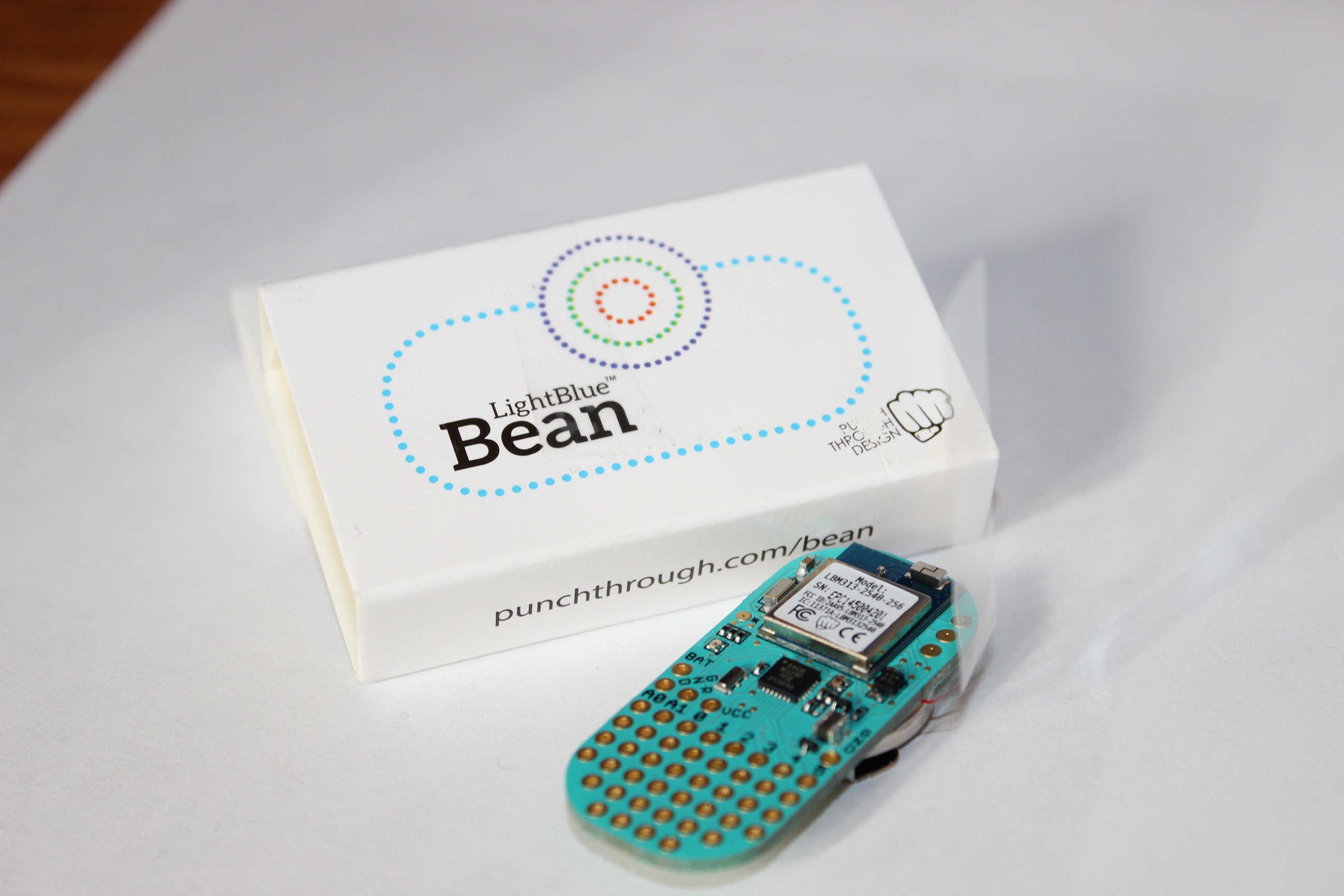
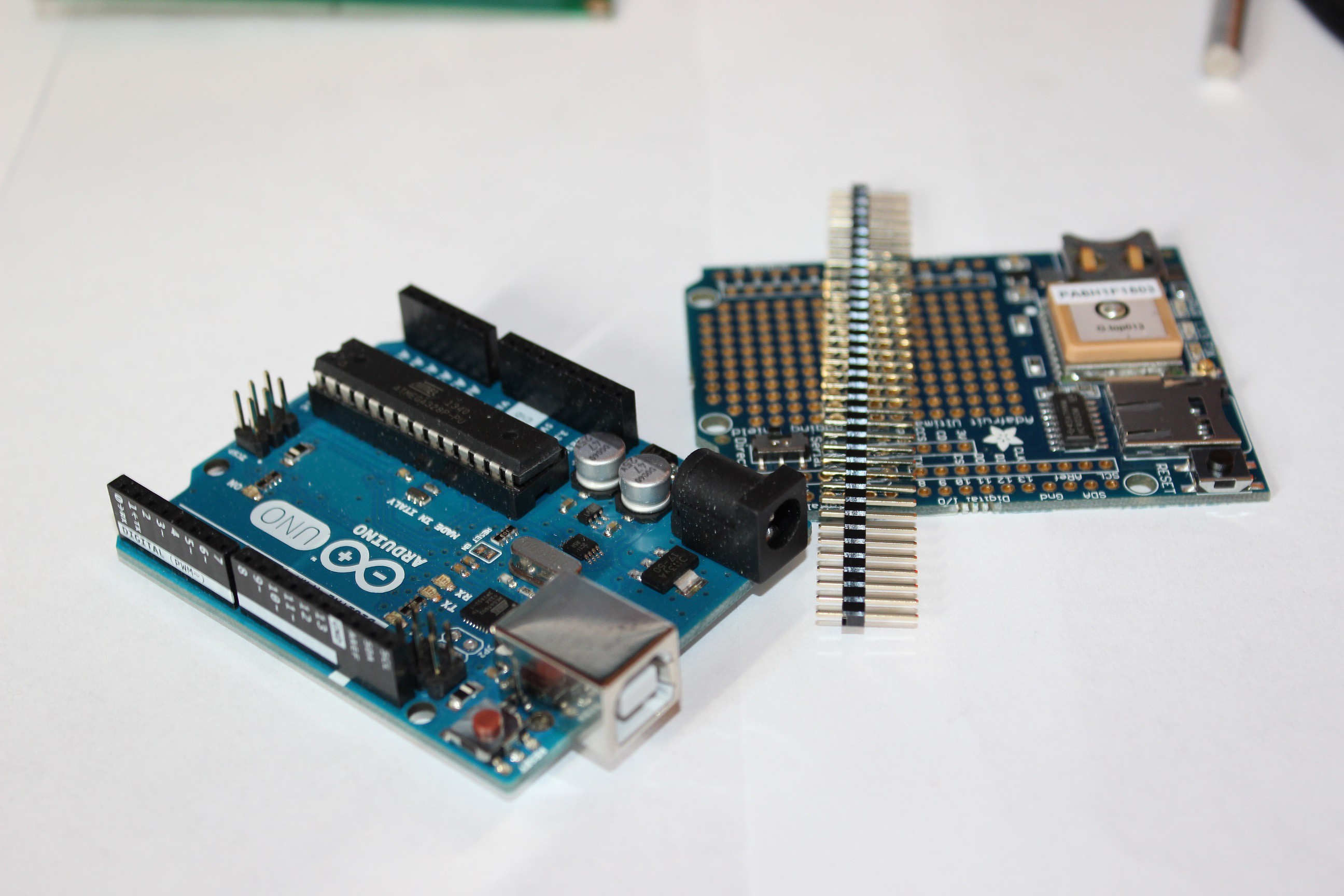
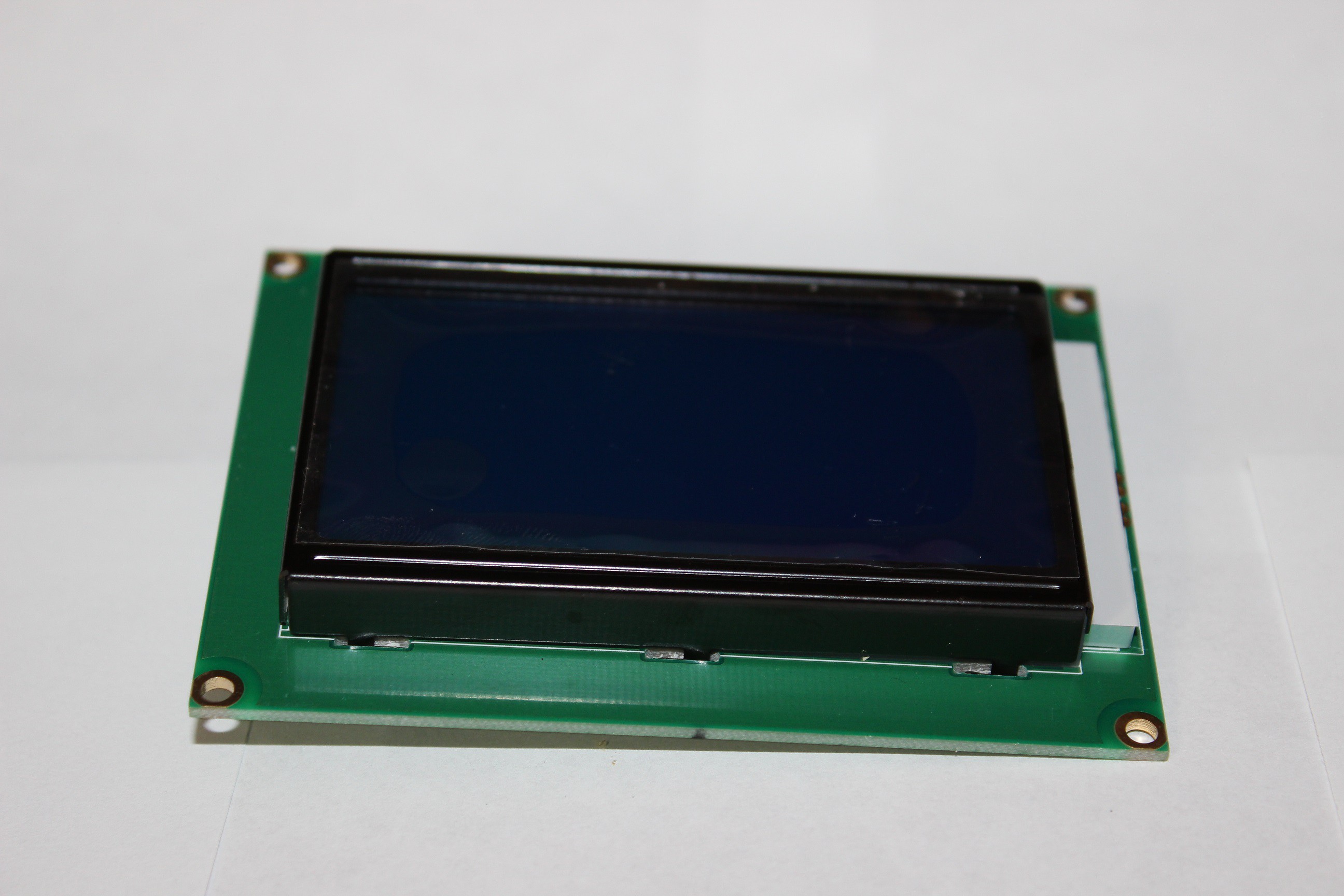
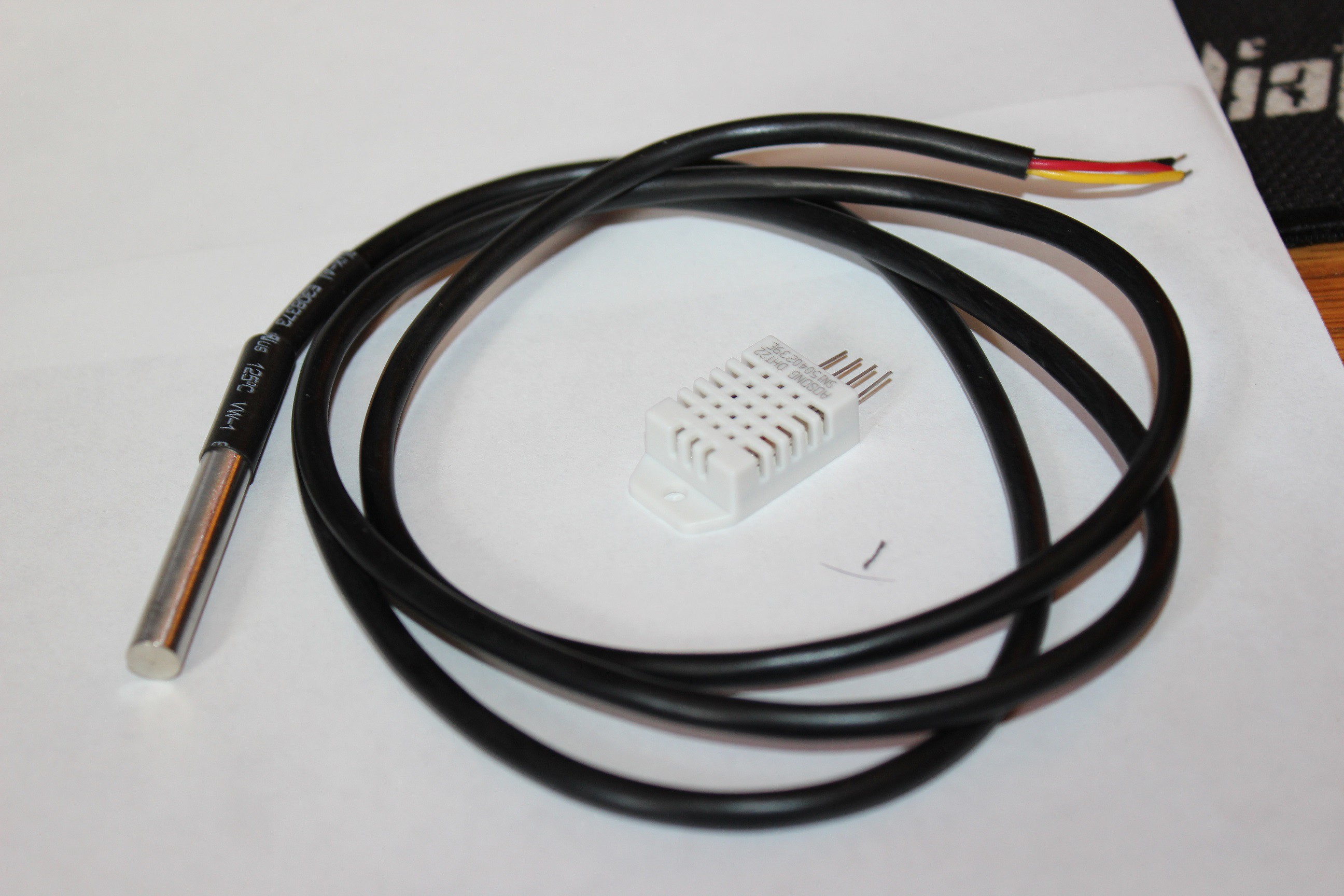
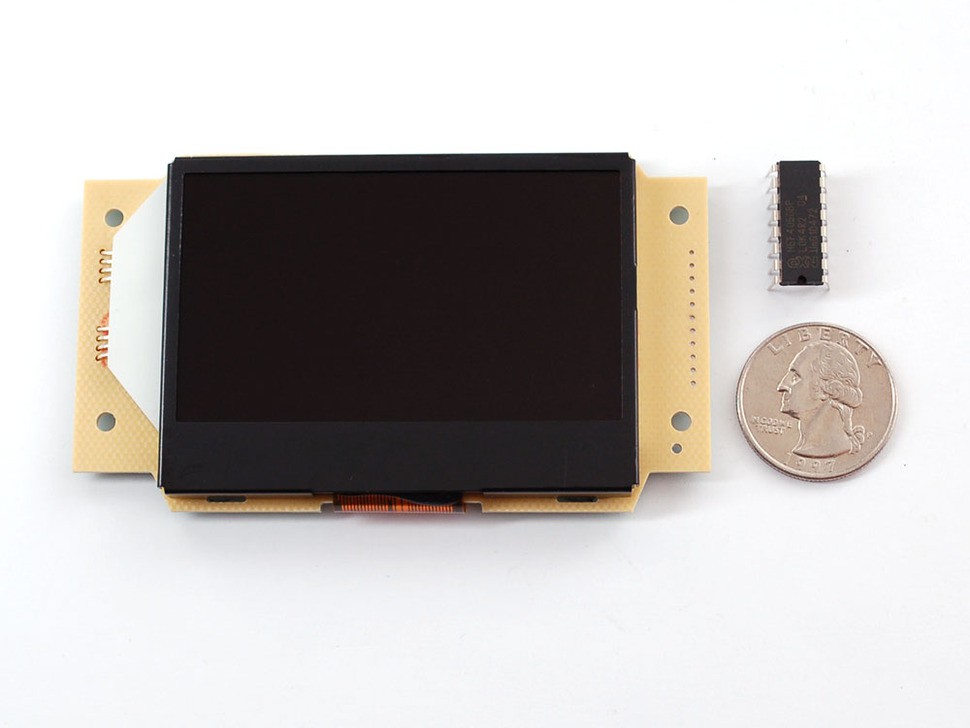



hi,
help, i need a water hardness sensor